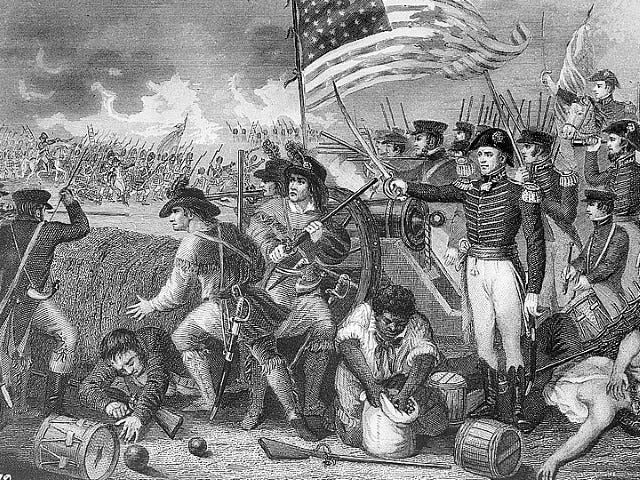
LAUREL HILL — With a ragtag army of local militias, farmers, armed slaves and pirates, Maj. Gen. Andrew Jackson’s force defeated a vastly superior, well-disciplined British force on Jan. 8, 1815, in the last fight of the War of 1812.
Jackson’s first venture through present-day Okaloosa County was a November 1814 foray on the way to the Battle of Pensacola, a prelude to that better known Battle of New Orleans.
History doesn’t say much about Jackson’s 1814 route through today’s Okaloosa County, but it details his return four years later.
BACK TO PENSACOLA
Leaving Fort Gadsden — in today’s Apalachicola National Forest — on May 7, 1818, Jackson again marched west to Pensacola; this time to subdue Seminole Indians and escaped slaves who threatened Georgia.
“The Heritage of Okaloosa County, Florida," a book available at the Baker Block Museum, states the force almost certainly followed “the perhaps centuries-old road from the Upper Creek Nation to Escambia Bay.”
A stop at David’s Lake resulted in the Florala landmark on the Florida-Alabama border being renamed Lake Jackson.
The force crossed Horseshoe Creek's upper reaches near present-day Svea and headed west toward the Yellow River, which the Spanish called Rio Almirante. It inspired the name of the Almarante community, which predates neighboring Laurel Hill.
The force probably crossed the river at Oak Grove, later called Barrow’s Ferry.
“This would have brought the army nearer, if not through, the present day Laurel Hill,” the book states.
While Jackson’s exact route through the area is uncertain, “it is certain that they followed a route that brought them nearby the site of Otahite,” a now defunct town on present-day Okaloosa County's western border.
ALMOST A WAR
Jackson’s second foray through Okaloosa County nearly caused a war with Spain, which wasn’t pleased that an American force was marching through its colony.
The mission forced a political solution negotiated by President James Monroe’s secretary of state, John Quincy Adams. He essentially told the Spanish to control their citizens or cede the territory to the U.S., knowing Spain, weakened by war with Napoleon, likely would do the latter.
Meeting with Spanish Minister Don Luis de Onís, Adams negotiated the February 1819 Treaty of Florida, also called the Onís-Adams Treaty or the Transcontinental Treaty. It gave Florida and West Florida to the U.S. and gave Spain control of Texas.
As for the absence of any “Andrew Jackson slept here” historic markers in North Okaloosa County, “The Heritage” states Jackson and his army probably did the 27-mile march in one day, meaning Old Hickory didn’t lay his famously wild mane down in our area.
Email News Bulletin Staff Writer Brian Hughes, follow him on Twitter or call 850-682-6524.
This article originally appeared on Crestview News Bulletin: OKALOOSA CENTENNIAL: Andrew Jackson in Okaloosa County
